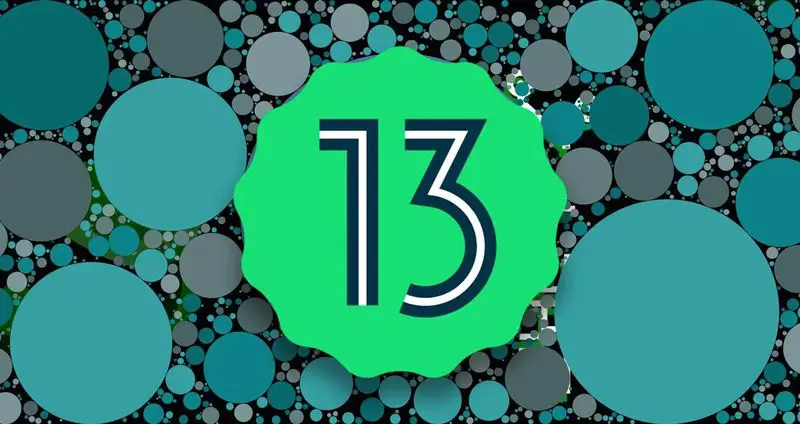You can learn how to install Android 13 with this article. Do you have a compatible phone? Here are the steps to follow to install Android 13 on your phone.
Android 13 is a reality. Google has presented the new version of the system by surprise, making official the main new features that will be arriving on cell phones during the second half of this year.
How to install Android 13?: Supported smartphones
Initially, it is only possible to install Android 13 on Pixel devices. And not on all: there are a total of eight different models on which you can install the new version:
- Pixel 6 Pro
- Pixel 6
- Pixel 5a 5G
- Pixel 5
- Pixel 4a (5G)
- Pixel 4a
- Pixel 4 XL
- Pixel 4
It is also possible to test the new features on the official Android emulator, this being the most recommended way to discover Android 13 during the pre-boot process of the beta program.
Android 13 download
Before starting to see the steps to install Android 13, it is advisable to make sure that we meet one of the essential requirements, such as having installed the drivers of our device usually installed automatically when connecting the mobile to the computer for the first time on a computer, as well as the ADB drivers.
Having done this, which will also serve to carry out other advanced procedures in Android, we can continue, but not before remembering that it is not recommended to install Android 13 on devices that are going to be used daily, since this preliminary version is intended to be used by developers and advanced users.

It is possible to install Android 13 Developer Preview in several different ways: through its OTA file or its full factory image. In this case, we opt for the first of the options, although the process is the same in either case, and only the type of file to download changes. That said, we can begin:
- First of all, will be to download the OTA package corresponding to your device. All of them are available on the Android developer website, categorized according to the device they belong to, the date, and the version they are based on.
- Connect your device to the computer with USB debugging enabled and, through a command window (CMD on Windows, and Terminal on macOS or Linux), run the instruction “ADB devices”. If the terminal serial number appears, everything is OK to continue.
- Turn off the phone and boot into bootloader mode manually usually by holding the Power and Volume Down buttons while turning on, or through the command “ADB reboot bootloader”.
- Now you have to access the recovery mode: to do this, go down through the volume keys of the device until you are above “Recovery mode”, and access through the power button Power of the terminal.
- The device will reboot but will boot to a screen that shows Andy’s image next to a red caution sign. You will have to press and hold the power button and, about a second later, the volume up button, to enter the system recovery.
- Navigating through the volume keys, we must position ourselves above the “Apply update from ADB” option, and access through the power button. Now we can proceed to install the OTA from the command window.
- On the computer, inside the command window and with the device still connected via USB, we will have to use the command “ADB sideload [OTA FILE].zip”, being [OTA FILE] the path of the downloaded update file. If everything is correct, we will see the installation process start.
- Once finished, the device will reboot automatically, booting into the new version of the system we just installed.
That’s all. When the process is finished, it will be possible to start enjoying the new features of Android 13. Once Google releases the next preliminary versions, it will no longer be necessary to perform this process again, but each update will arrive via OTA.





